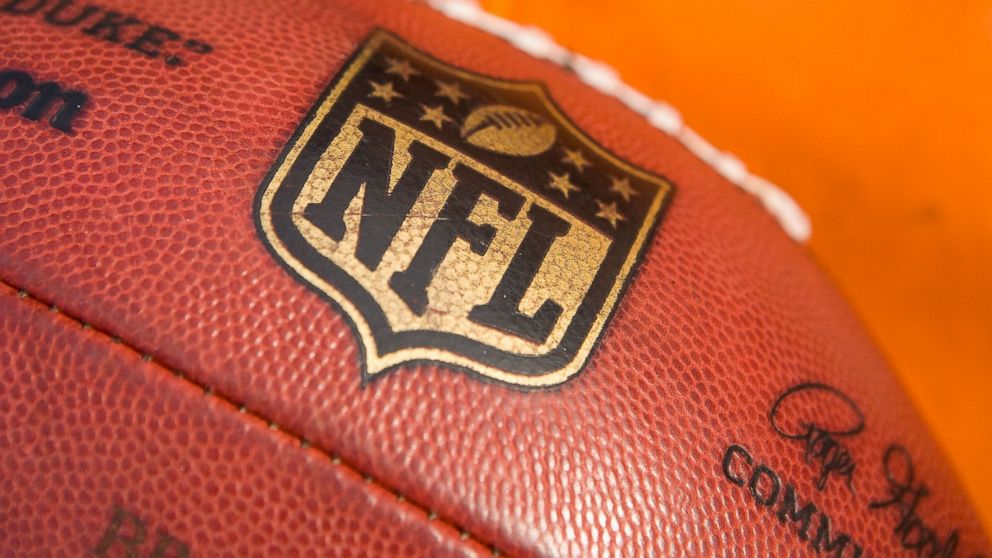Advanced MRI May Reveal Head Injuries in More Retired NFL Players Than Previously Thought
Retired players were examined with new form of MRI.

— -- An advanced MRI screening found brain damage in more retired NFL players than did normal MRI scans, according to a presentation today.
For the study, 40 retired NFL players went through advanced neuro-imaging with a special type of MRI called a diffusion tensor MRI (DTI), which looks for damage in the neural pathways of the brain rather than examining just the structure of the brain itself. Players also underwent neuro-psychological testing to measure their attention and concentration, researchers said.
The findings from the study were presented today at the annual meeting for the American Academy of Neurology, but they have not yet been published, and ABC News was provided only with an abstract rather than a full study. The lead author of the study, Dr. Francis Conidi, is the director of the Florida Center for Headache and Sport Neurology.
The retired players ranged between 27 to 56 years old, and played for an average of seven years. On average, the players had 8.1 concussions during their careers and 12 players reported multiple sub-concussive hits, which were not diagnosed as full concussions.
By examining how players' brains appeared under the specialized MRI, the researchers found evidence that more of them had suffered severe head injuries than previously believed. While the conventional MRI detected evidence of traumatic brain injury (TBI) in just 30 percent of the players, the advanced MRI showed evidence of TBI in approximately 42 percent of players.
“This study is in essence another piece to a very large puzzle and is important for a number of reasons," said Conidi. "It is one of the largest studies to date looking at living NFL players, and really the only one that demonstrates objective evidence of traumatic brain injury in these individuals."
Despite being one of the largest studies assessing former NFL players' brains, more heads will need to be scanned before broader conclusions can be reached, Conidi told ABC News.
The study also showed that the longer a player’s career, the higher the likelihood that the DTI revealed brain damage.
“This technology has been around for quite some time, about fifteen years,” said Lenox Hill Hospital neurologist Dr. Gayatri Devi of the DTI, noting that it looks at "connections between neurons, and is more precise in terms of looking for disruptions in those connections.”
The researchers only detected TBIs rather than what is known as chronic traumatic encephalopathy (CTE) in the study participants. TBIs are indications of one-time brain injuries - and TBIs can lead to CTE,which involves ongoing brain cell death following an initial injury. CTE can only be diagnosed after someone has died, so there is no way these players could be assessed for it -- but it is still important to note that DTIs cannot capture all the information about ongoing brain damage, Devi said.
Regardless, the study serves as another red flag with regards to the dangers of head trauma, Devi said.
“This study has some value in terms of alerting us to the idea that players who may have normal MRIs, and even perhaps those who don’t have clear concussions ... may be at risk of some kind of brain injury,” Devi said.
And while technologies to detect brain injuries continue to improve, the best offense is a good defense -- protecting the heads of football players should be a top priority, Devi emphasized.
“We need better player protection to prevent the head injuries in the first place,” she said.




